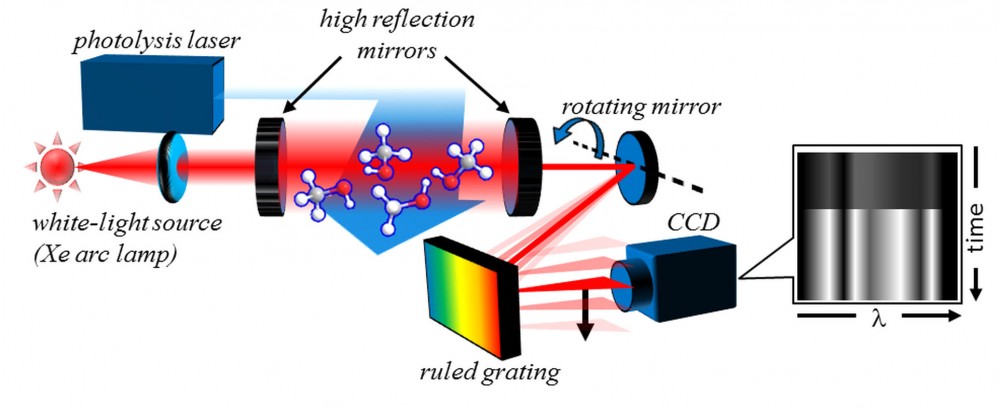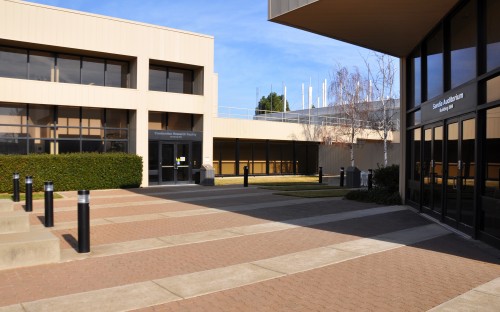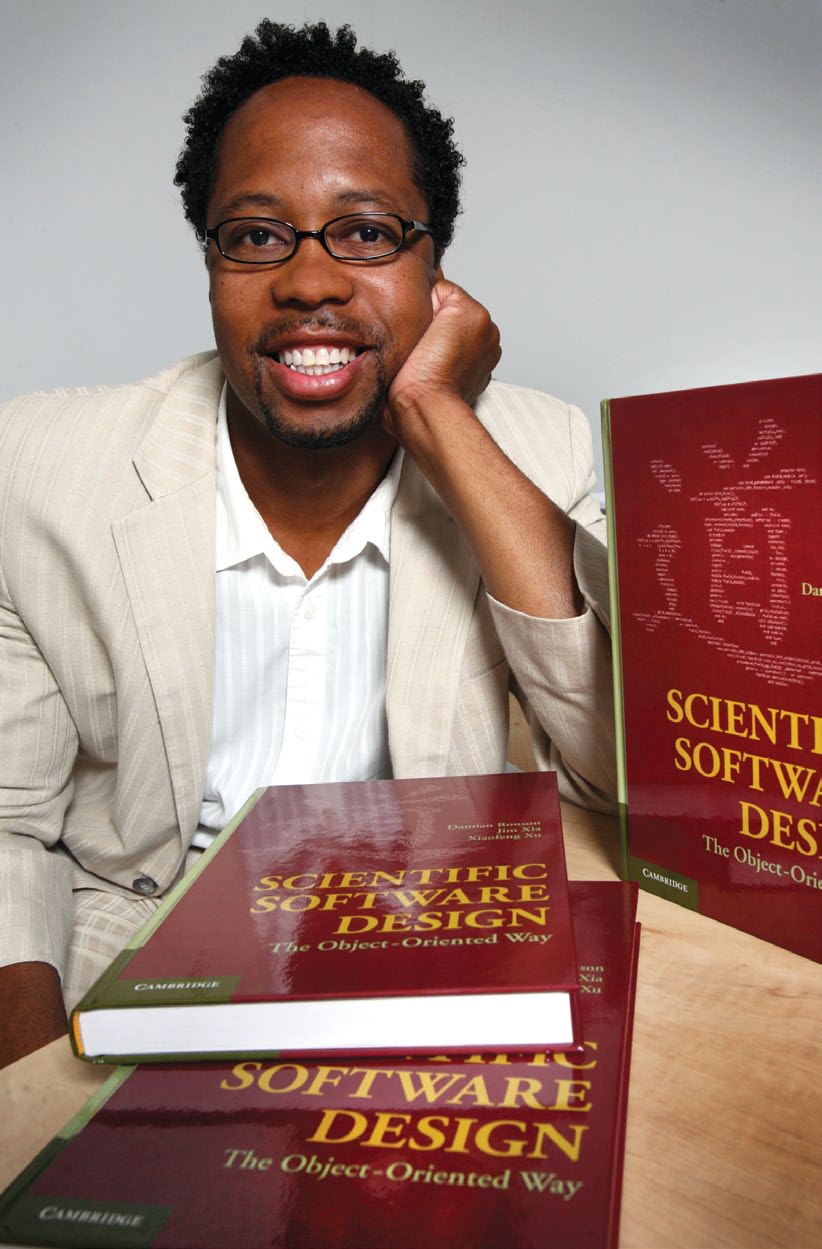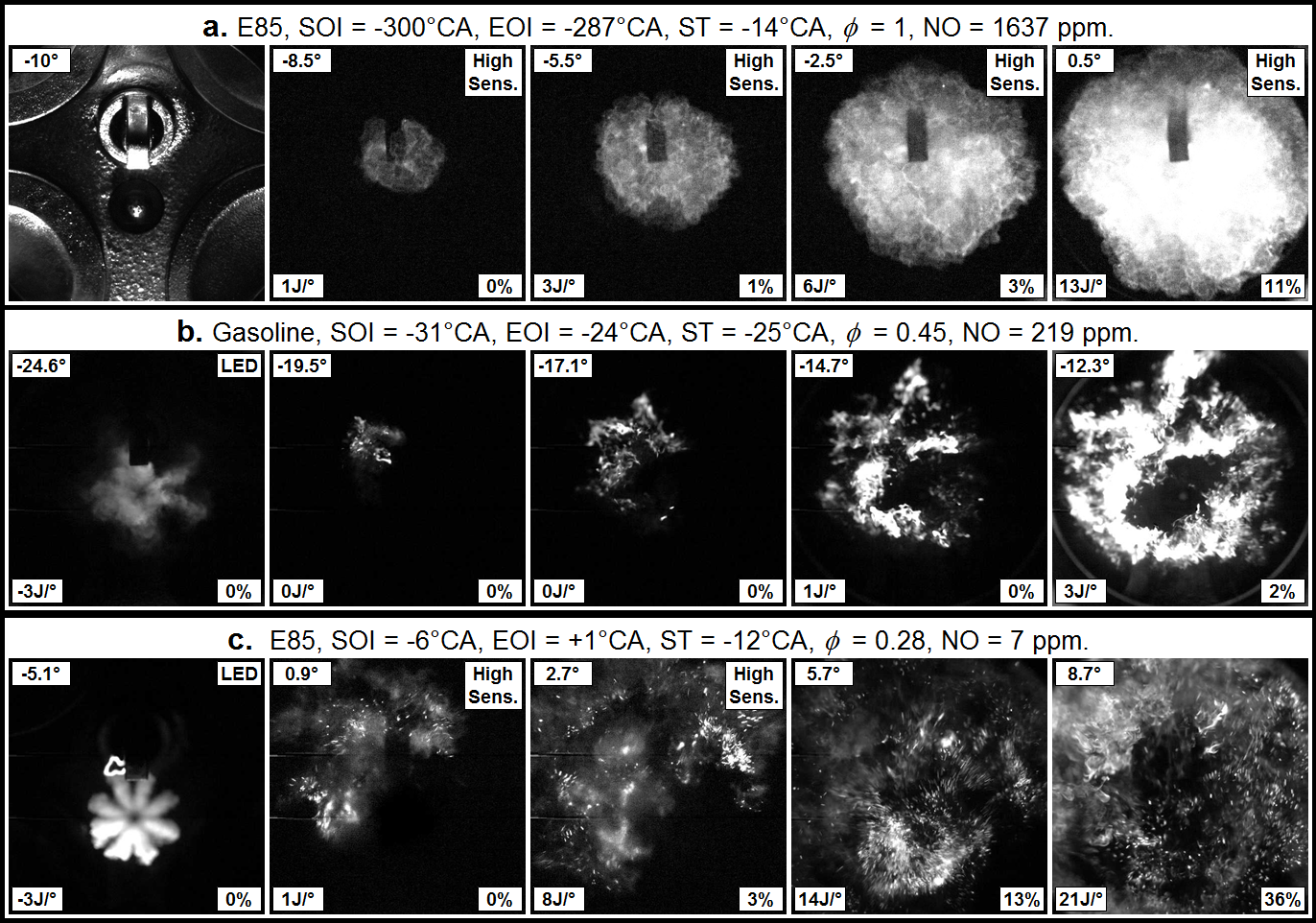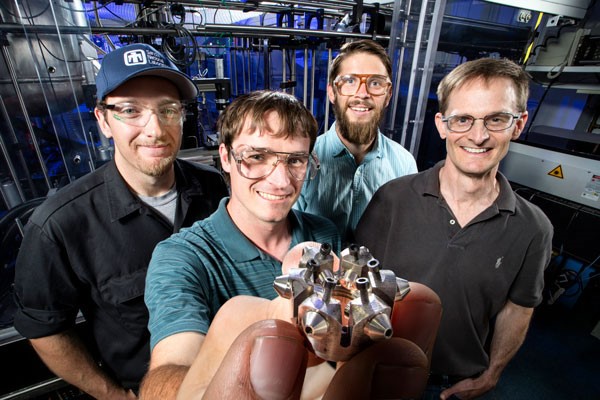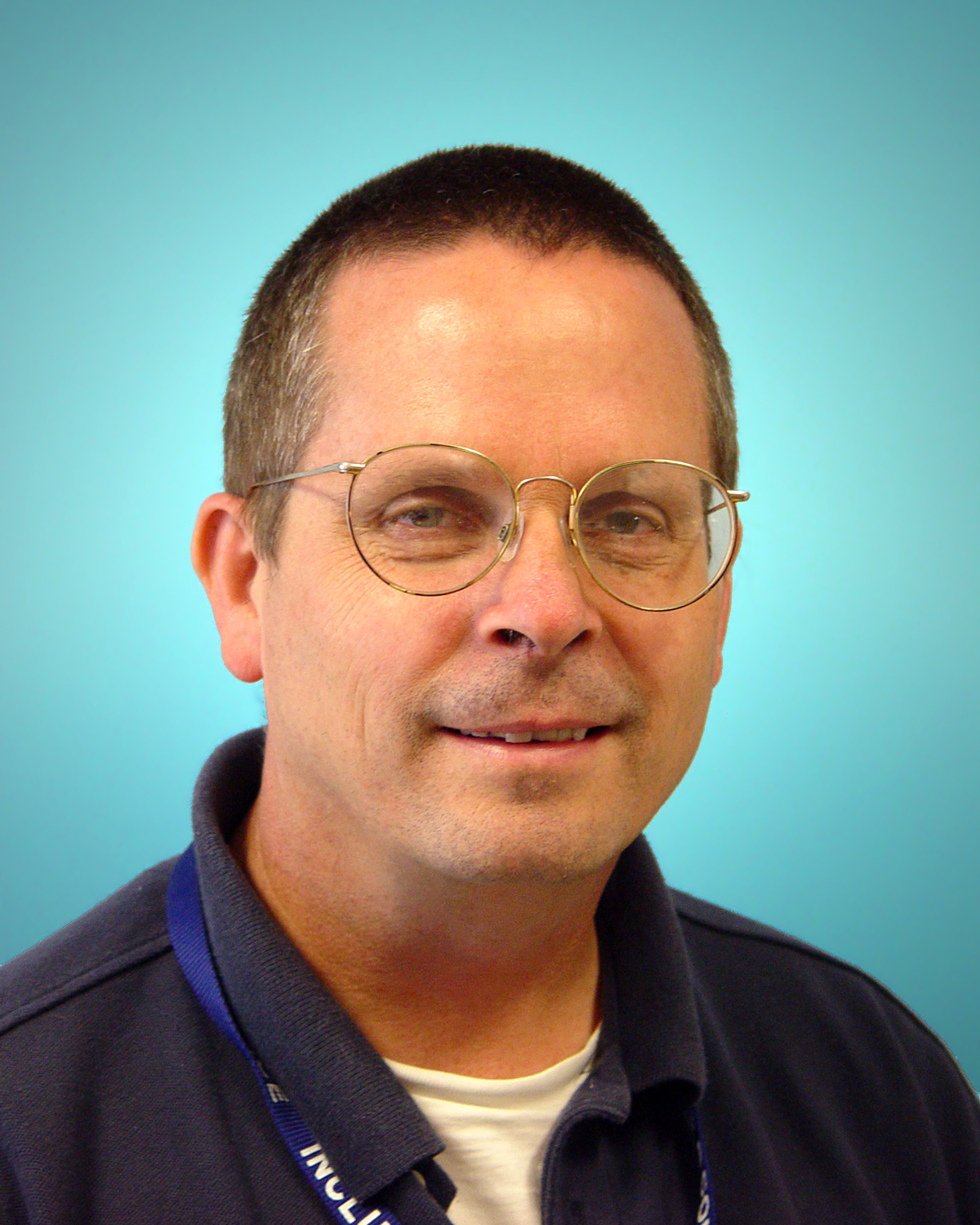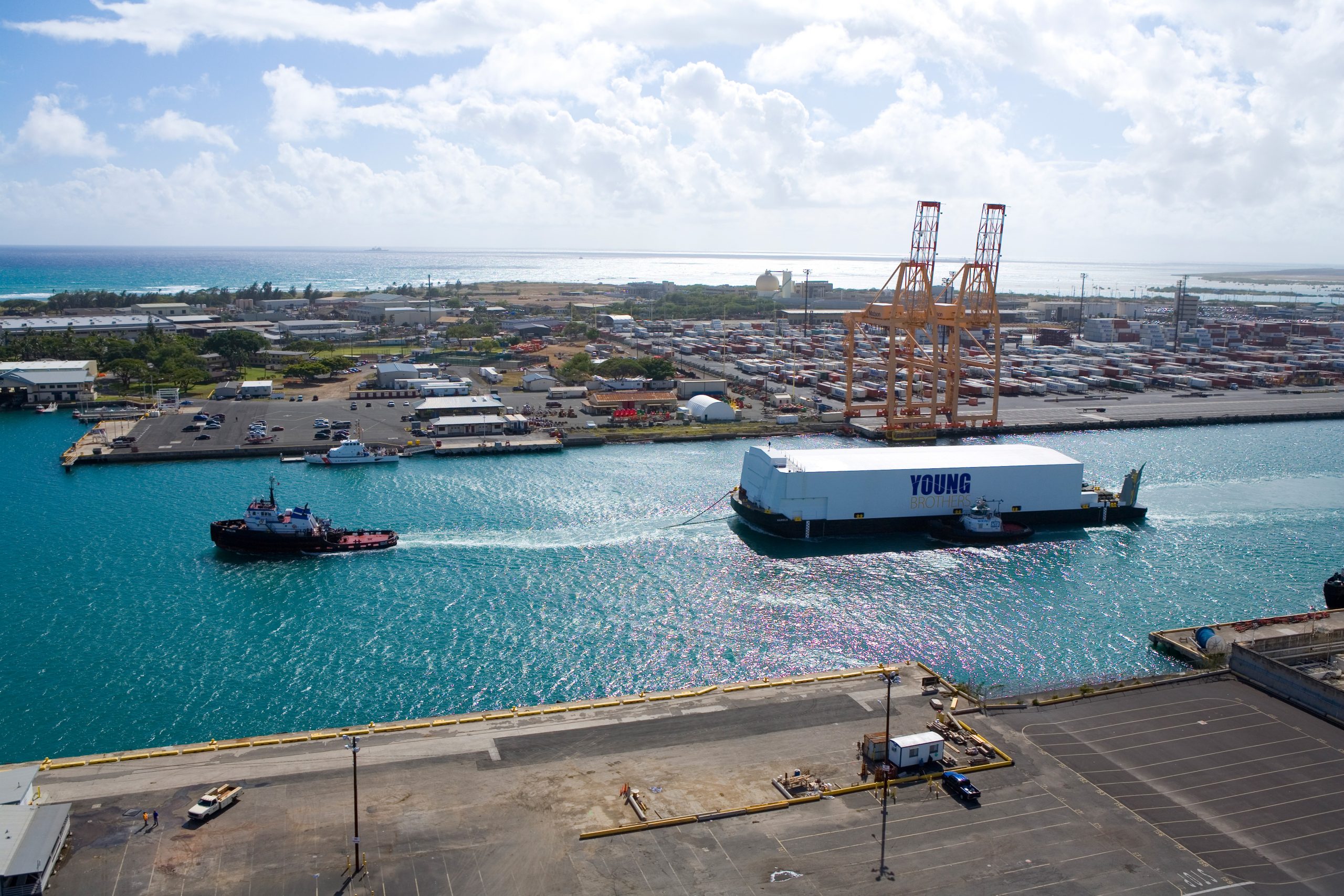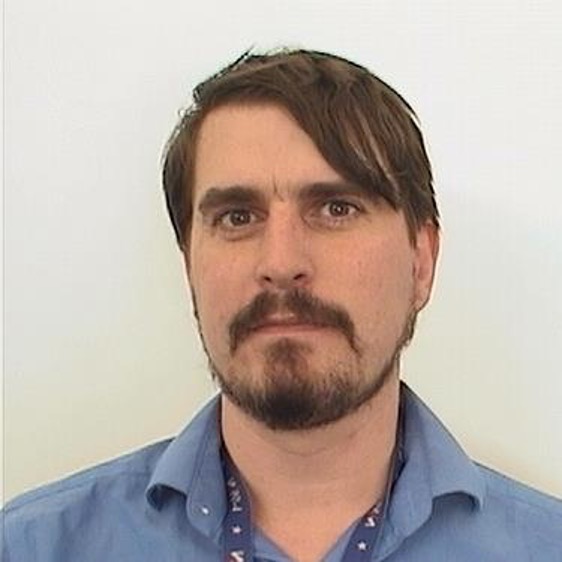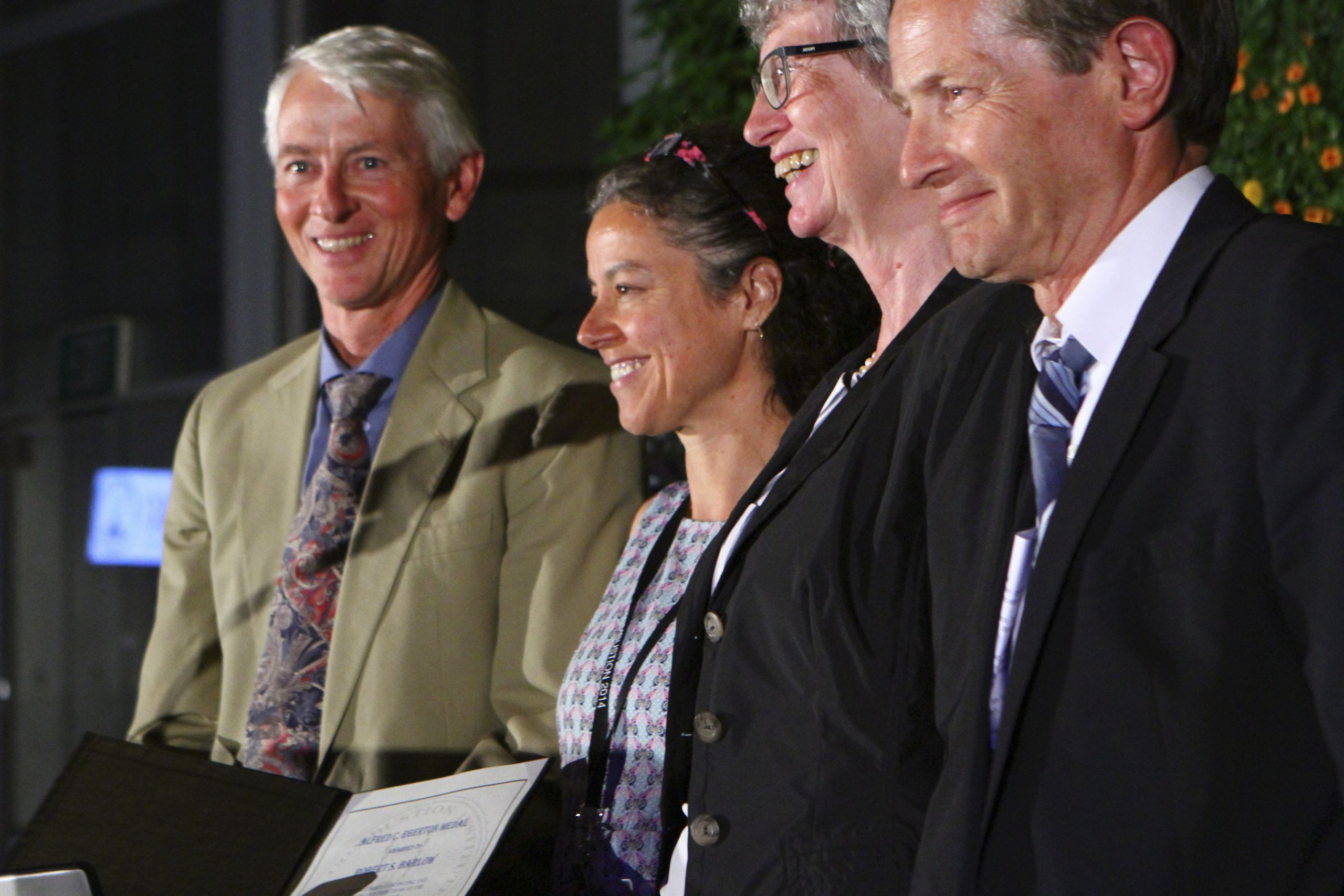Post, December 2, 2013 • CRF researcher Leonid Sheps has developed a new spectroscopic method, Time-Resolved Broadband Cavity-Enhanced Absorption Spectroscopy (TR-BB-CEAS). The new technique is capable of following the time evolution of transient intermediates as they are produced and consumed in a gas-phase chemical reaction by monitoring their absorption of near-UV to visible light (300–700...
